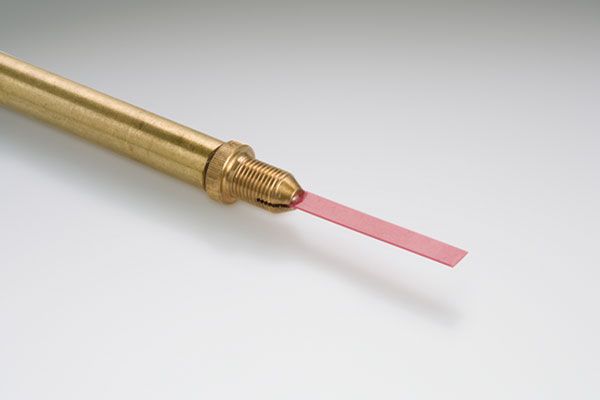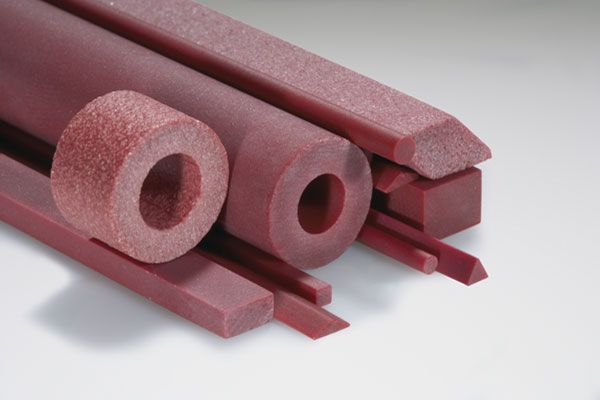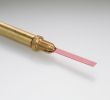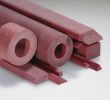Superfinishing files
Superfinishing tools are used for precise machining and finishing of materials such as ceramics, metals or glass. They are made of pure alumina doped with chromium, which further improves the properties of this technical ceramic. Our products are resistant to high temperatures, wear, mechanical abrasion and have excellent dimensional stability. They have a long service life, which is particularly important for machining tools. The different shapes, sizes and finishes we offer make the files suitable for a wide range of applications, from precision engineering to the grinding of hard materials.

Why choose chrome-doped alumina ceramic files?
Doping alumina with chromium will not only give the ceramic a red colour (this crystal structure is also known as ruby), but will also complement its mechanical properties. Alumina is a technical ceramic often used in high temperature applications such as the glass industry or metallurgy. It is a material of choice because of its resistance to thermal shock and its ability to withstand temperatures of up to 1950 °C (for 99.7% pure alumina such as Kyocera DEGUSSIT AL23). On the other hand, aluminium oxide is particularly resistant to wear, corrosion and abrasion, which makes it possible to make durable and economical products. Alumina is also known for its excellent dimensional stability: even at high temperatures, alumina does not expand or shrink. This means that parts made from this ceramic can be used at any temperature and will not affect the operation of more complex tools.
The addition of chromium to alumina will support the mechanical properties of pure alumina: its hardness and dimensional stability will be enhanced. Its wear resistance will be even better, allowing our superfinishing tools to have an even longer operational life. Edge and profile life is improved, which saves money and ensures the quality of the machining over time.

What are the different types of files we offer?
Our superfinishing products are available with three different types of grain finish: fine (down to 0.1 μm), medium or coarse (available up to 100 μm). The finest finishes are obtained by sharpening the files with diamonds. They are useful for precision work such as finishing precision engineering parts with complex geometries. Coarse finishes are useful for tasks that require particularly abrasive files such as grinding particularly hard materials. A medium finish is suitable for working on relatively hard materials as it grips well. It is suitable for less precise work than a fine finish.
We offer superfinishing files in a variety of shapes: triangular, rectangular, square, half-round and round files. They are all made of chromium-doped Kyocera alumina (DEGUSSIT DD57) and have a fixed length of 100 mm. Their width generally varies between 4 mm and 10 mm and most are available with all three types of abrasive finish. These files are also available in assortments.
Our standard products also include knife files, tapered profile files and rhomboid files. For more precise applications, we offer tapered files and pencil files with or without tips.
For what applications are ceramic files used?
Because of their shape and size (they are relatively long and narrow and do not cover a lot of surface area), ceramic files are not very suitable for heavy-duty work and are more often used for precision work or on small parts of machined materials. They can be used for grinding, deburring or sharpening hard materials such as carbide tools, metals or glass, hence their frequent use in the glass and optical industries. Files can be used to change the shape or thickness of spectacle lenses.
The most precise files (e.g. pencil files) with fine grain finishes can be used for machining or superfinishing parts in precision engineering, such as in watchmaking.






